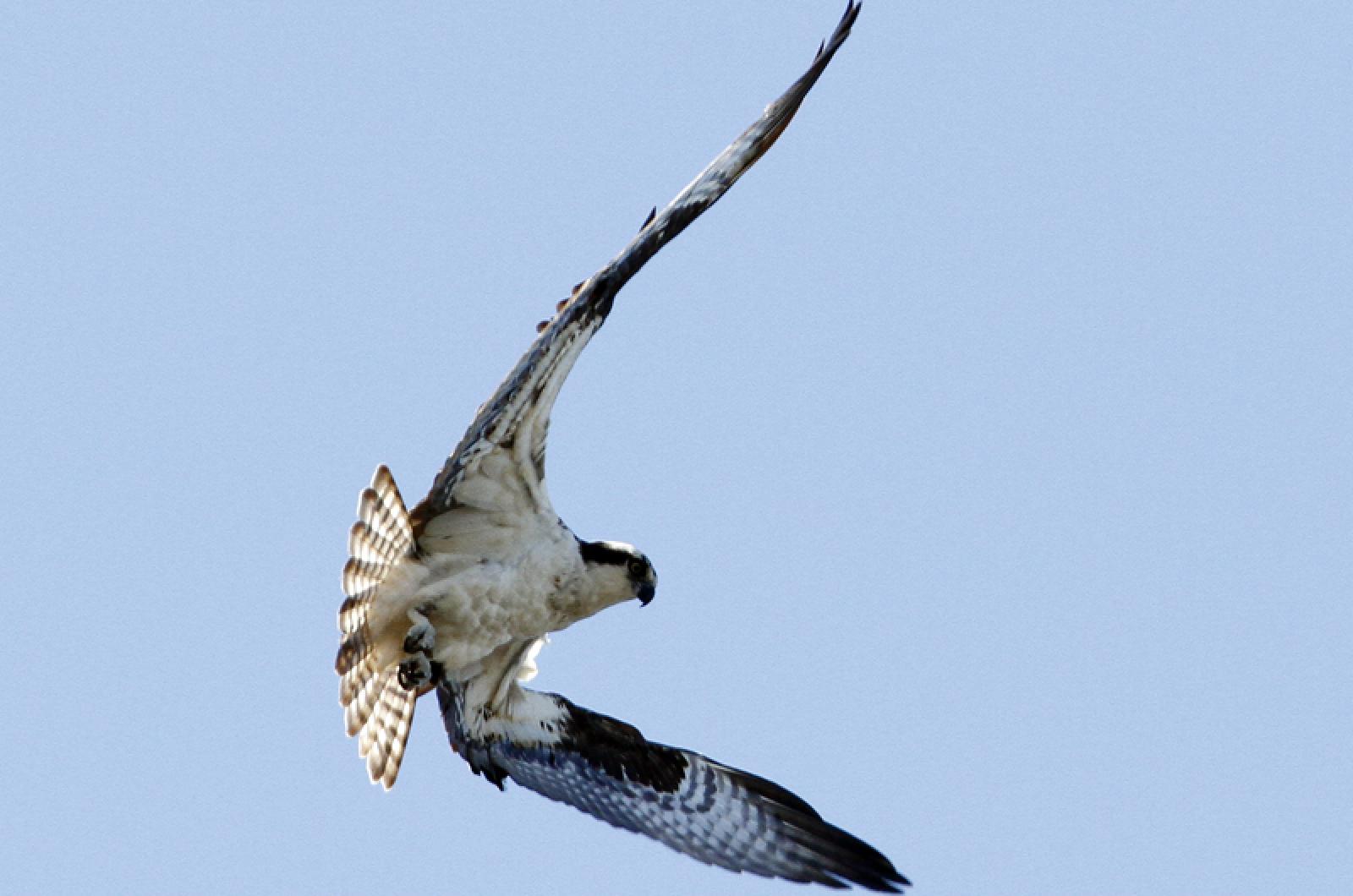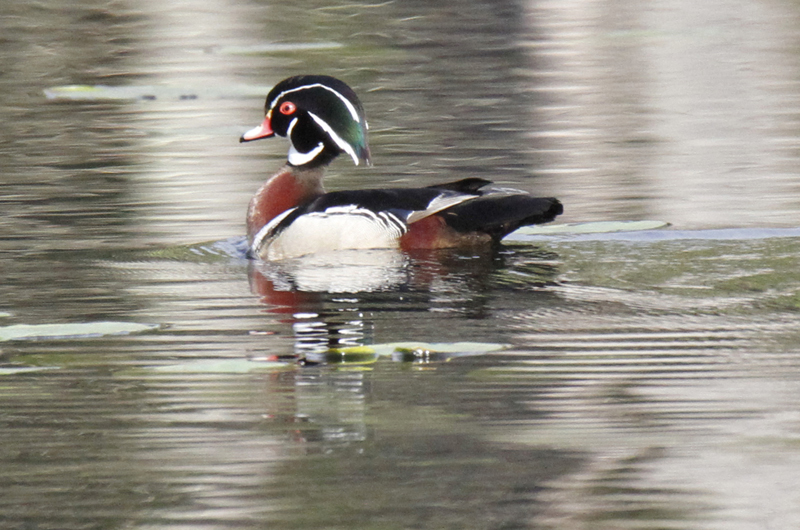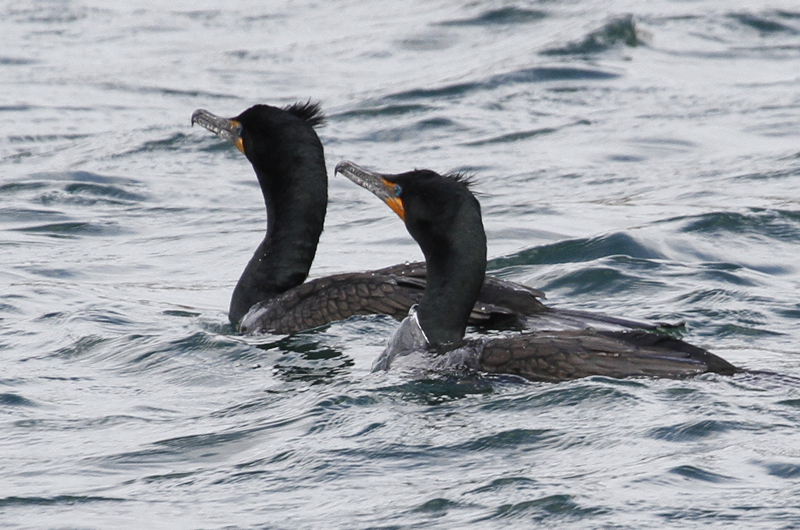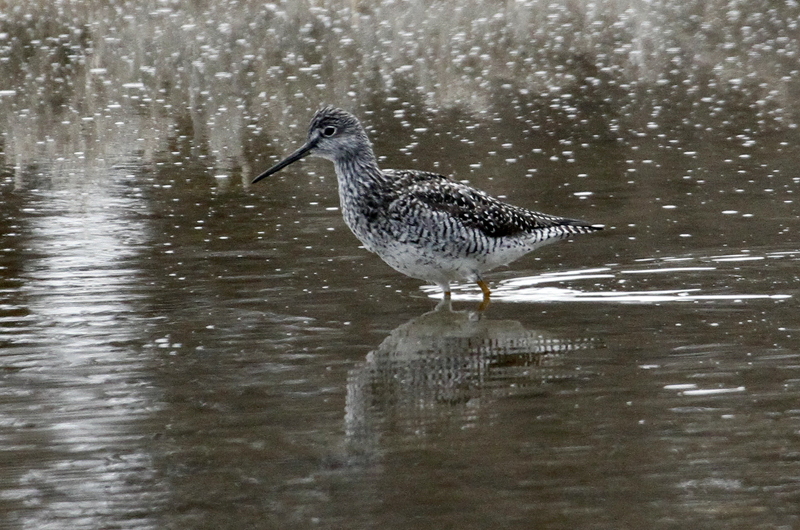Here they come! Last week we reported a few osprey sightings, although they could not be verified because there were no accompanying photographs. This is no longer the case, as now we have numerous documented sightings.
On March 23, Martha Moore was excited to report an osprey on the pole at Long Point. The next day, Michael Sellitti photographed an osprey at the Lobsterville pole; every spring this bird is one of the first ones back. Maura Fitzgerald reports that there were two osprey at that pole on March 26. On March 25, Scott Fedonchik spotted an osprey at Tom’s Neck on Chappaquiddick. Also that day, Dick Jennings called to report an osprey showed up at the High School. I observed the same osprey later that afternoon, as did Maria Thibodeau. On March 26, Doyle Bunch observed a pair flying over Seth’s Pond. And on March 26, I saw one fly over the west end of Chilmark Pond (possibly the same one Martha Moore saw).
More osprey will be coming in the next few weeks, but they are not the only migrants to arrive this past weekend. On March 25, Anne Lemenager and Danny Whiting visited Quenames (Chilmark) and saw three greater yellowlegs. They could not be found the next day. This is generally early for this species, but the earliest date for them on the Island is from the late Vern Laux’s March 8, 1980 sighting. Ms. Lemenager and Mr. Whiting also found two American coots, several green-winged teal, and about 50 scaup.
I observed four double-crested cormorants in their breeding colony on Sarson’s Island on March 25. This species has been here in small numbers through the winter, especially on Tisbury Great Pond. I had not seen any in Sengekontacket Pond since last fall.
Wasque Reservation was the location of the first piping plover of the season, where Antone Lima found one on March 22. I observed a pair of them flying over the eastern end of Chilmark Pond on March 25. Luanne Johnson of Biodiversity Works reminds us to look for leg bands on these birds, as there is a lot about their migration that can be learned when you report a banded plover (or any other bird too).
Gus Ben David reports that a male wood duck has been visiting his ponds every day since March 21. He had not seen them there since late fall last year. He also reports six turkey vultures visited his yard on March 24.
The flood gates have opened, and the volume of arriving migrants will only increase for the next two months. April and May are the prime months for most every bird’s northward migration.
Bird Sightings
Dogfish Bar is the site where Bill Chipman found a dead dovekie in early March. This species is a seabird that generally stays away from land. It is seldom good news when we find a dovekie on land, as they need long stretches of water to take off and fly to the safety of water.
Sharon Simonin observed a flock of 20 robins in her yard on March 25. Very soon our breeding robins will show up; they will be singing loudly and will be paired up, hopping around your yard.
Jeff Bernier observed a juvenile black scoter in Menemsha on March 22. And speaking of seabirds, white-winged scoters, common eiders, harlequin ducks and common loons were quite abundant in the ocean off Squibnocket on March 25. Great cormorants, with their distinctive white flank patch, were there too, and there were 10 of them fishing in the little cove of Squibnocket Pond. My guess is that this means that the herring are now running, otherwise these birds would likely be in their normal ocean haunts.
Oystercatchers are old news, but they are becoming more abundant. I observed them at almost every shoreline that I visited over the weekend, including Harthaven, Sarson’s Island (a pair several yards from where their first nesting attempt is every year), Eel Pond, Quansoo and Chilmark Pond. Other species I observed at Chilmark Pond, which is still open to the ocean, include pintail, redhead, American wigeon, hooded merganser, red-breasted merganser, the flock of scaup mentioned above, of which the only one I could identify to species was a greater scaup, and abundant black ducks and mallard. One lesser black-backed gull was spotted amongst the many herring and great black-backed gulls.
The fish crows are still around. David Stanwood observed a flock of 1,000 of them on the morning of March 27. “The shear density of this flight surpassed anything I’ve ever witnessed,” he said. And this is from a veteran watcher of the commuter crows. This flock probably consists of the commuter fish crows heading back to Falmouth for their day-time foraging. They will soon be gone for the season.
Paul Bailey reports that his feeder has been very busy. His highlight is a yellow-bellied sapsucker. Norma Holmes hosted a yellow-rumped warbler in her yard, as did Patricia Donovan.
The spring northward migration is becoming more obvious while winter residents will soon be departing. Please report your sightings to birds@mvgazette.com.
Robert Culbert leads Guided Birding Tours and is an ecological consultant living in Vineyard Haven.











Comments
Comment policy »